Three types of tests for large deformation of tensile testing machine configuration
2024-01-23
There are also subtle differences between the configuration of the tensile testing machine with large deformation and without large deformation, which are reflected in the operation of the test. Today, we will introduce three common test methods.
A: Constant deformation: Test: Set the data for constant deformation (such as 100.00mm), set the constant stress to 0, enter the constant deformation test state during the test, press the reset key to reset the test force and peak value, install the sample between the upper and lower fixtures, then clamp the two clamping jaws of the large deformation extensometer onto the sample, press the test, and after the test starts, the displacement will automatically reset to zero. When the set deformation amount is reached (100.00mm), The experiment automatically stops and ends. Simultaneously record the test force value that reaches the deformation amount.
B: Constant stress: Test: Set the data for constant stress (such as 1000.0N), set the constant deformation to 0, enter the constant stress test state during the test, press the reset key to reset the test force and peak value, install the sample between the upper and lower fixtures, then clamp the two clamping jaws of the large deformation extensometer onto the sample, press the test, and after the test starts, the displacement will automatically reset to zero. When the set test force value is reached (1000.0N), The experiment automatically stops and ends. Simultaneously record the deformation value when the test force is reached.
C: Breaking: Test: Set the constant deformation and stress to 0, press the reset key to reset the test force and peak value, install the sample between the upper and lower fixtures, and then clamp the two clamping jaws of the large deformation extensometer onto the sample. Press the test button, and the displacement will automatically reset to zero after the test starts. The test will automatically stop and end after the sample breaks. Simultaneously calculate intensity=peak/(width * thickness). Elongation=displacement at fracture/gauge length * 1
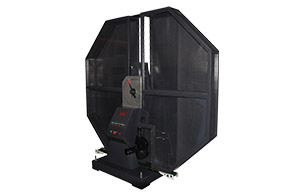 Pendulum impact testing machine
Pendulum impact testing machine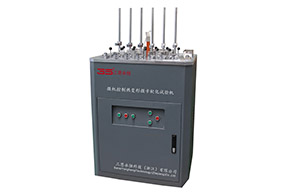 Plastic specific testing machine
Plastic specific testing machine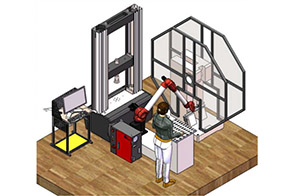 Automated testing plan
Automated testing plan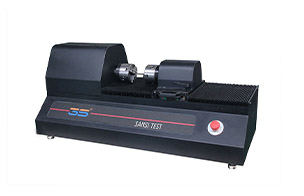 torsion testing machine
torsion testing machine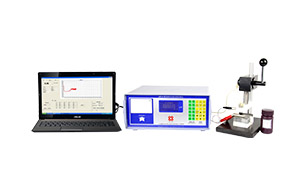 Coulomb thickness gauge
Coulomb thickness gauge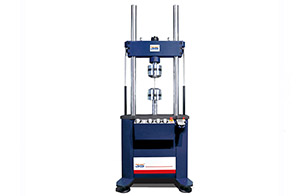 Dynamic fatigue testing machine
Dynamic fatigue testing machine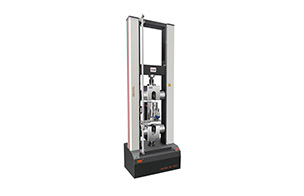 Electronic universal testing machine
Electronic universal testing machine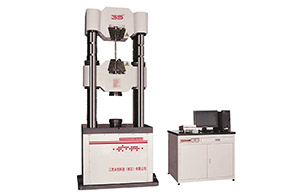 Electro hydraulic servo universal testing machine
Electro hydraulic servo universal testing machine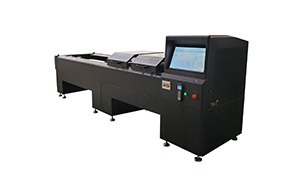 Horizontal tensile testing machine
Horizontal tensile testing machine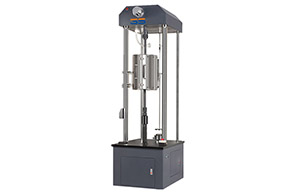 High temperature creep endurance testing machine
High temperature creep endurance testing machine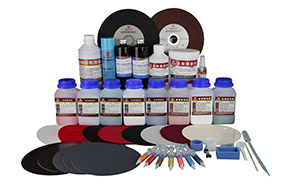 Metallographic auxiliary consumables
Metallographic auxiliary consumables Xinbiao Instrument
Xinbiao Instrument





























